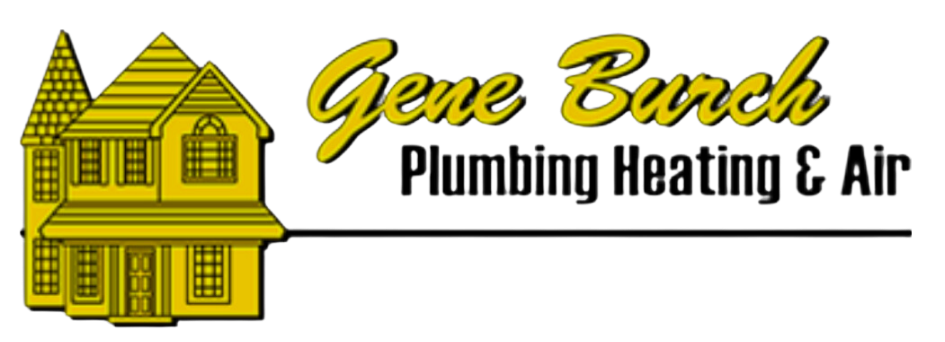Experiencing low water pressure at home can be frustrating, especially when you’re trying to enjoy a shower or wash dishes. Sometimes, the water trickles instead of flowing smoothly, making daily tasks unnecessarily difficult. But don’t worry, low water pressure is a common issue with various solutions.
Understanding why your home suddenly has low water pressure is the first step in fixing the problem. Several factors could be at play, such as pipe blockages, leaks, or even issues with the water supply itself. Identifying these reasons can help you troubleshoot effectively and get the water flowing properly again.
Whether you’re a hands-on DIY enthusiast or prefer to call in the experts, finding the right solution restores water pressure to normal. Addressing low water pressure improves your home’s plumbing efficiency. This ensures that showers, sinks, and appliances work as they should, providing reliable water flow when you need it most.
Common Causes of Low Water Pressure
Low water pressure can arise from various issues within your home’s plumbing system. Identifying the exact cause is key to restoring adequate water flow. One common culprit is clogged pipes. Over time, mineral deposits and debris can build up inside pipes, reducing the space for water to pass through. This slows down the flow and lowers the pressure.
Another reason for low water pressure might be leaks in your plumbing system. A leaking pipe reduces the amount of water reaching its final destination. This leak could be small and hidden, making it less obvious but equally troublesome. Checking for wet spots or unexplained water in your home can help identify leaks.
Old or corroded plumbing fixtures may also contribute to the problem. Faucets or showerheads can become blocked with mineral deposits, restricting water flow. Similarly, issues with the main water supply valve can affect the entire home’s pressure. If this valve is partially closed, water won’t flow as strongly.
Finally, municipal water supply problems can affect home water pressure. If neighbors are experiencing similar issues, it could point to an external problem. Understanding these causes allows you to diagnose and fix low water pressure efficiently.
DIY Solutions for Improving Water Pressure
Once you identify potential causes of low water pressure, several DIY solutions can help increase the flow. These quick fixes can restore adequate pressure without the need for professional assistance.
- Clean Faucet Aerators and Showerheads: Mineral deposits can build up on these fixtures over time. Remove and soak them in vinegar to dissolve any stubborn deposits.
- Check and Adjust Valves: Ensure that the main water valve is fully open. A partially closed valve affects water flow and pressure.
- Inspect for Leaks: Look for visible signs of leakage like damp spots or water stains. Sealing small leaks with plumber’s tape can provide a temporary fix until further action is taken.
- Clear Blockages in Pipes: If mineral buildup is causing trouble, running a vinegar and baking soda mixture through your pipes can help clear minor clogs.
- Install a Water Pressure Booster: In cases where your water supply is the issue, installing a booster pump can help increase pressure, especially in homes with an existing low pressure supply line.
Trying these DIY solutions can resolve many low water pressure problems, getting things back to normal without complex interventions. However, if these methods don’t work, it might be time to dive deeper into the plumbing system.
When to Inspect Your Plumbing System
Regular inspection of your plumbing system can prevent and address low water pressure issues before they become severe. Conducting routine checks helps identify hidden problems that could escalate if ignored. Knowing when to inspect your plumbing system is crucial for maintaining a steady water flow.
Start by checking your water pressure regularly using a simple pressure gauge. Attach it to an outside faucet; the normal range is usually between 40 to 60 psi (pounds per square inch). Anything significantly lower or suddenly declining can indicate a potential issue.
Inspect visible pipes for signs of corrosion, leaks, or damage. Pay close attention to areas under sinks, around toilets, and in your basement or crawl space. Quick detection prevents small leaks from turning into bigger, more costly problems.
Listen for any unusual sounds in your plumbing, such as banging or hissing, which could indicate blockages or pressure issues. If your pipes are making more noise than usual, it might be time to conduct a thorough check.
Consider seasonal inspections, especially after periods of extreme weather, as pipes can expand and contract with temperature changes, leading to potential leaks. Routine inspection keeps everything in top shape and helps maintain consistent water pressure.
Professional Help: When Low Water Pressure Persists
If you’ve tried DIY solutions and inspected your plumbing system but still experience low water pressure, it might be time to call in professionals. Persistent low water pressure can signify more complicated problems that require expert diagnosis and repair.
Professionals use specialized tools and techniques to identify and fix hidden issues in your plumbing system. They can perform a thorough inspection, checking for leaks you might have missed and assessing the condition of hidden or hard-to-access pipes.
They can also test your water pressure more accurately and examine the water supply system, ensuring the issue isn’t at the municipal level or due to incorrect pipe sizing. Sometimes, extensive corrosion inside pipes requires their replacement—something best handled by plumbing experts.
Calling in professionals saves you time and money by efficiently identifying and resolving problems. They ensure your plumbing system is fully functional and effective. If the issue persists, seek professional help to avoid escalating complications.
Conclusion
Keep your home running smoothly and tackle low water pressure head-on. Prioritize regular inspections and remain vigilant about any changes in your water flow. These proactive steps can save you from potential headaches and costly repairs down the line.
If low water pressure remains a problem despite your efforts, reach out to Gene Burch Plumbing, Heating & Air. Our skilled team is ready to diagnose and fix any plumbing issue, restoring reliable water flow to your home.
Schedule an appointment with us today and enjoy peace of mind knowing your plumbing system in Novato, CA, is in expert hands.

